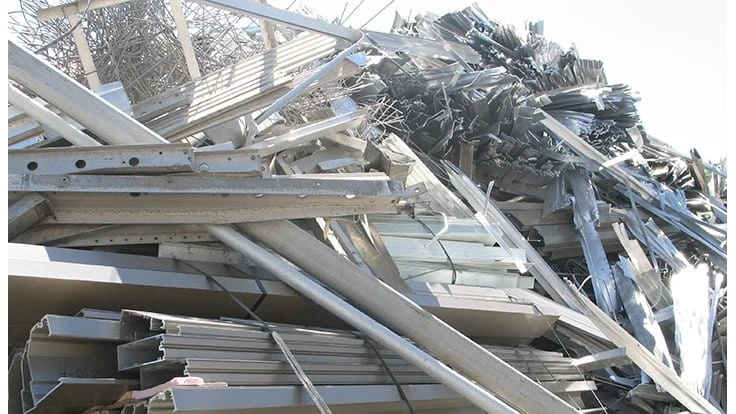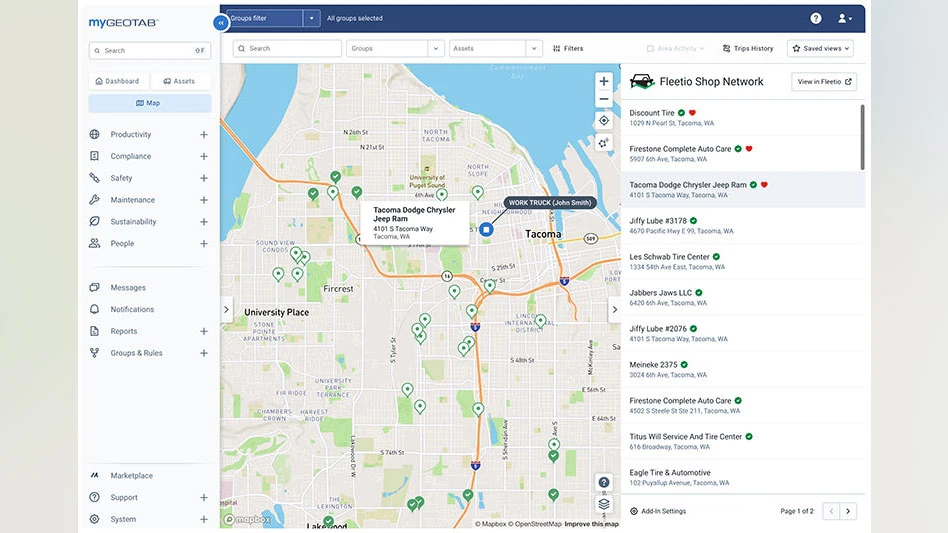
Supply chain issues continue to affect manufacturers, with Timothy R. Fiore, chair of the Institute for Supply Management (ISM) Manufacturing Business Survey Committee, saying, “Recent record-long lead times, wide-scale shortages of critical basic materials, rising commodities prices and difficulties in transporting products are continuing to affect all segments of the manufacturing economy.”
The “April Manufacturing ISM Report On Business,” the most recent available as of press time, calculates the Manufacturers Purchasing Managers Index at 60.7 percent. Fiore notes that the Customers’ Inventories Index reached another all-time low for the month, while the Backlog of Orders Index remained at a record-high level.
A trader with a scrap processing company with operations in the Upper Midwest and Southeast says, “There are a lot of supply chain issues all over the place.”
He points specifically to the intermittent production delays seen in the automotive manufacturing sector related to the computer chip shortage as well as to the inability of other manufacturers to get raw materials from outside of the country. “Domestic suppliers are already at capacity,” he says. His company has received inquiries for semifinished goods from some of its scrap generating customers as their traditional suppliers have been unable to supply what they need, he adds.
Despite the supply chain issues, scrap generation does not appear to be suffering. “There is a lot of scrap out there right now,” the trader with the scrap processing company says.
“Scrap flow is plentiful from [the] retail/wholesale and industrial streams,” an executive with a scrap processing company based in the Midwest says.
He characterizes domestic demand for copper and stainless scrap as being strong, as well. “Aluminum demand is strong, but spreads and delivery times have both been widening,” the executive says as of the third week of May.
The trader says demand remains strong from primary aluminum mills, though demand from secondaries has softened somewhat. The “tremendous demand” for aluminum has driven the Midwest premium to an all-time high, he says, which is where it remained as of mid-May.
Copper prices on the terminal markets have reached an all-time high, while aluminum prices also are at multiyear highs.
He adds that he’s concerned that a correction likely is in order for metals prices, saying, “There are warning signs all over the economy,” including signs of inflation and “frothiness in stocks and equity markets.”
Julian Kettle of U.K.-based Wood Mackenzie cautions that the high price of copper could lead some consumers to substitute aluminum for the red metal in an article posted to the consultancy's site May 18. He writes, “Copper is the major metal par excellence in terms of electrical conductivity. Only the far more expensive (and much less abundant) silver eclipses the red metal in this respect. However, while aluminum’s conductivity is some 40 percent below that of copper, it does possess attractive properties—not least its density, which is just 30 percent of that of copper. This means that an aluminum cable is around 52 percent of the weight of a copper cable with the same conductivity, a property offering handling and installation benefits.”
He adds, “While copper is the metal with the best technical characteristics, once economics are brought into the equation its superiority is far less clear cut. In fact, given its lower cost, aluminum wins out against copper under virtually any realistic long-term price scenario.”
The trader says that as of mid-May, the copper price has much more to do with China’s demand than that of domestic consumers. He notes wide inconsistencies in how the country’s customs officials are applying the Chinese governments standards for high-quality scrap imports. The trader says shipping to China remains “a crapshoot” some six months after the country began allowing “furnace-ready” scrap to enter the country without being subject to quotas.
For these reasons, his company is being conservative when it comes to selling material to Chinese consumers. “We are very picky on what we are going to send them and from whom and what grades of material.”
The executive with the Midwest-based scrap processing firm says export inquiries for aluminum scrap have picked up, though prices have not been able to keep up with those in the U.S. market.
He adds that domestic demand is strong for aluminum extrusion grades. “Extruders/billet makers are busy and will likely continue to be with construction and infrastructure.”
The executive says nonferrous scrap prices have been widening relative to terminal market prices. “Copper spreads have only been widening slightly as the market has jumped drastically. On the other hand, aluminum spreads have widened and likely will continue to do so if the market continues upward.”
Scrap recyclers also are factoring in the “through the roof” pricing for transportation, he says, into their transactions. “Many suppliers are resisting, but the rates are certainly increasing and need to be absorbed.”
Latest from Construction & Demolition Recycling
- Pacific Steel selects Danieli as EAF equipment supplier
- Viably, Turmec partner on Ohio installation
- EPA plans to revisit numerous environmental, climate regulations
- Fornnax wins Green Innovation of the Year award
- ABC: Construction backlog inches lower, staffing levels expected to grow
- Former detention center in Cleveland set for demolition
- Ferrous market upward price momentum continues into March
- Build Reuse joins up for Circularity event





